Maputo National Park hands over 20% of 2024 revenue to communities in buffer zone
‘Wonders and Challenges of the Largest Marine Conservation Area in Mozambique’ – BIOFUND Forum

The Primeiras and Segundas archipelago is home to five of the world’s seven marine turtle species. Photo: Jason Rubens/WWF
A forum entitled “Wonders and Challenges of the Largest Marine Conservation Area in Mozambique” will open tomorrow, June 18, at 3:00 p.m. at the Montebelo Indy Maputo Congress Hotel in Maputo, with various presentations on Mozambique’s own Primeiras and Segundas archipelago, under the coordination of the World Wildlife Fund (WWF) and promoted by the Foundation for the Conservation of Biodiversity (Biofund).
This forum takes place subsequent to the session of the General Assembly of Biofund, a private national institution that organises an annual forum addressing topics relevant to the conservation community.
Declared “Environmental Protection Area” by Council of Ministers Decree 42/2012, the Primeiras and Segundas islands extend over a large part of the Mozambican coast, encompassing the Pebane, Angoche and Moma districts in the provinces of Zambézia and Nampula.
With an area of 1,040,926 hectares and a coastal extent of 205 kilometres, this is the largest marine conservation area in Mozambique, and one of the largest on the African continent.
The biodiversity of the Primeiras and Segundas Islands has been the subject of many scientific research projects, the last of which was carried out by UP-Maputo about a month ago, with the participation of foreign scientists.
The forum will publicise the results of this research and promulgate a better understanding of the challenges to the islands that the possible exploitation of mineral resources such as heavy sands and hydrocarbons represents.
The Primeiras and Segundas Islands are another illustration of the theme, to be discussed at the Biofund General Assembly forum in 2019, of the urgent need to harmonise development and conservation.

The Biofund tradition
Last year’s Biofund forum addressed the theme of the harmonisation of development and biodiversity conservation in international experience, with a discussion of the legal framework for the application of the Mitigation Hierarchy and Biodiversity Counterbalances in Mozambique.
In 2016, the area of interest was the Mozambican part of the so-called “Afromontane Systems”, a theme which complemented the BIOFUND General Assembly and reported on a scientific expedition to Mount Namuli as described in a feature documentary by American conservationist Majka Burhadt.
The expedition, with the participation of scientists of various nationalities, discovered new species of flora and fauna, and provided a focus for the discussion of important issues of the conservation of the delicate ecosystems at the foot and on the slopes of Mount Namuli.
In 2017, the forum focused on the Hot Spot of Maputaland-Pondoland-Albany biodiversity, an area of great biodiversity and exceptional landscape richness, stretching from the coast of Kwa-Zulu Natal, South Africa, to Xai-Xai in our country, passing through a part of the territory of E-Swatini.
In addition to the presentations made by national scientists, Biofund welcomed a delegation from E-Simangaliso, a South African conservation area located in Kwa-Zulu Natal.
About Biofund
The Foundation for the Conservation of Biodiversity – a not-for-profit environmental fund set up according to the Conservation Finance Alliance’s norms of the best international practices – mobilises, applies and manages financial resources to the exclusive benefit of the conservation of biodiversity in Mozambique.
In addition to its specific activity as a conservation trust fund, the foundation brings to the conservation effort in Mozambique contributions from the private sector, civil society and the academic world. Most of the public and private organisations linked to biodiversity conservation in Mozambique are members of Biofund.



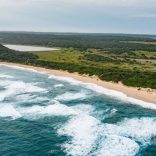
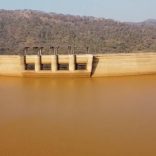
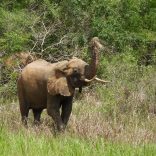


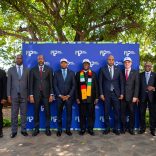

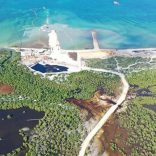
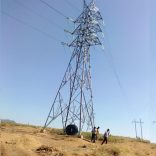
Leave a Reply
Be the First to Comment!
You must be logged in to post a comment.
You must be logged in to post a comment.